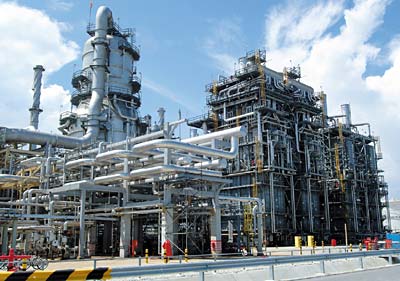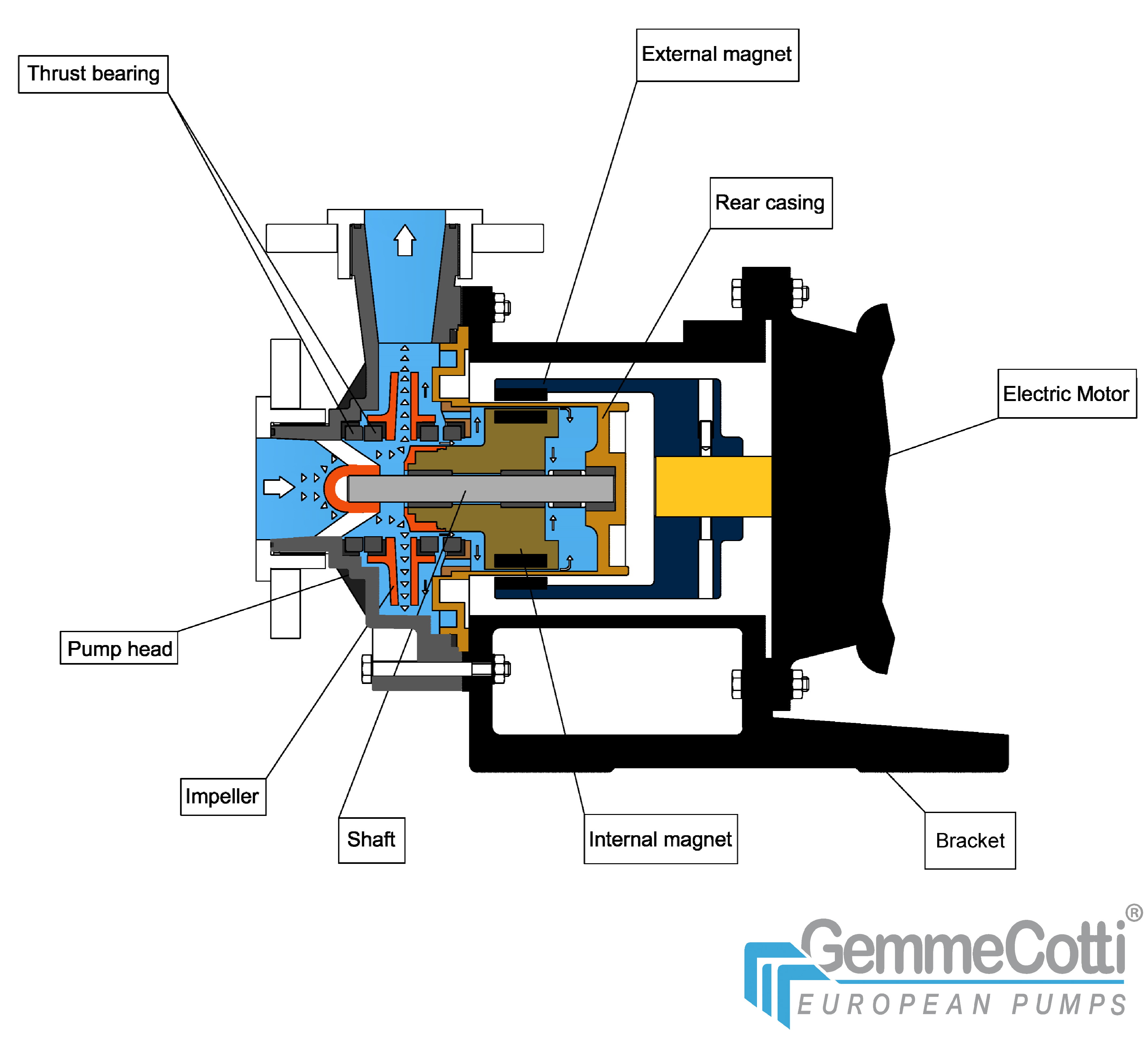The pump is generally part of a hydraulic system that can include a various number of components such as valves, fittings, filters, expansion joints, instruments, etc. The way the piping is arranged and the position of the components has a great influence on the operation and on the life of the pump. Here are five things to keep in mind when installing a pump in a plant:
- Locate the pump as near as possible to the liquid source and under the level of the liquid (in case of non self-priming pumps). Always use pipes as short and straight as possible and limit the number of bends assuring radius of curvature as large as possible. This would avoid air vortex that can be created in the long piping line. Avoid the creation of siphon also before the suction of the pump.
- Do not load the pump with the weight of the pipes. The piping should be properly supported and kept in line independently from the pump, until its connections, so that the piping doesn’t exert loads on the pump.
- The sizes of the suction and discharge pipes have to be at least as large as the inlet connection of the pump. Diameter restriction of the suction pipe is responsible and cause of the cavitation of the pump, creating a loss in the performance of the pump and a rapid wear. It’s advisable always to use (if in case) flexible reinforced pipes that don’t collapse under a situation of depression
- A check valve should be installed on the discharge pipe to avoid the liquid to flow back when the pump is stopped.
- The suction line has to be clean and/or contain a filter to protect the impeller from damage due to impurities, or other foreign particles, especially when starting the plant for the first time.
- Don’t use metallic piping with plastic pumps to avoid cracks on pump connections and make sure that the connections are properly tightened otherwise the suction capacity will be reduce
The easy rules written above are very important for the correct installation of a pump but if you want to check also the correct functioning you could:
- Install a proper pressure gauge on both the suction and discharge piping which allows a control of the functioning in relation to the required working point. In case of cavitation or other dysfunctions, the gauges will show evident pressure fluctuations.
- Install a wattmeter to monitor the electric power absorbed by the motor to avoid dry running of pumps.
Few precautions can prevent pump failures and consequent losses of time and money for repair.





